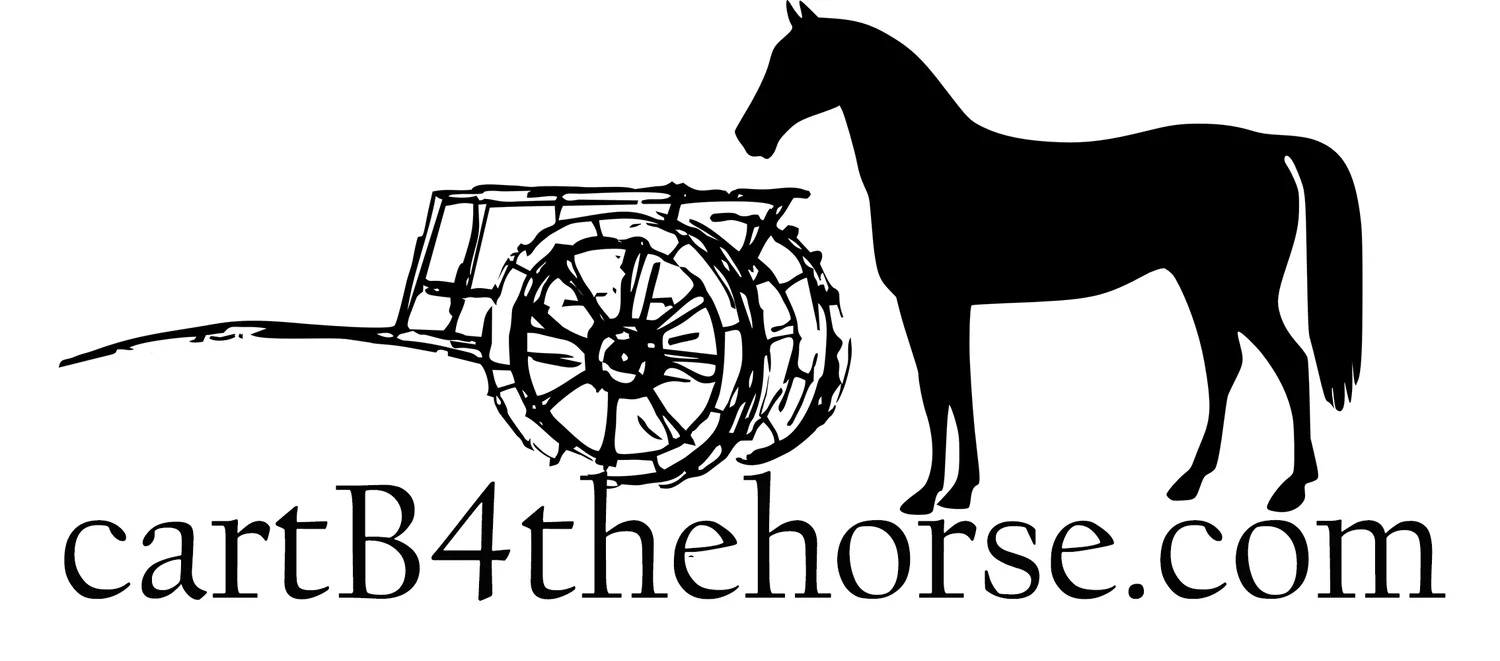Bernardo de Gálvez: The Second Front in the American Revolution
/Most American schoolchildren have heard that France came to the aid of thirteen American colonies struggling for independence. Very few know that the United States owes that much to Spain, as well, and to the Spanish governor of Louisiana, Bernardo Vicente Apolinar de Gálvez.
Gálvez chose a military career as a teenager and saw action in the Seven Years’ War against Portugal. In America the same conflict was known as the French & Indian War. Later he fought Apaches in northern Mexico and was wounded in action against the Moors in North Africa. Gálvez was not even 30 years old when the first shots were fired at Lexington and he was appointed governor of Louisiana. But his uncle was Spain’s minister of the Indies, Jose de Gálvez, and his father was a military advisor to King Carlos III.
Officially, Spain was at first neutral in the Revolution, and that suited England, who did not want to fight a European enemy in the Caribbean or the Gulf of Mexico. But Spain had fought England in the Seven Years’ War and sympathized with the Americans. In 1777 Gálvez secretly provided supplies needed by the colonies. Working with Oliver Pollock, an Irish-American Patriot, Gálvez by-passed the British navy’s Atlantic blockade, moving arms and medicine on vessels up the Mississippi and Ohio rivers and east from there to Philadelphia, where colonial leaders were headquartered.
In October 1777 Patriot forces defeated a British army at Saratoga, New York under Gen. John Burgoyne, persuading Europeans that the colonials would at least stand and fight and would make serviceable allies. France declared war on England, and Spain did so in August 1779. Gálvez went into action immediately, marching his men through the Louisiana swamps. Gálvez’s troops included not only regular Spanish soldiers but free blacks, Native Americans, Mexican volunteers, German and French recruits, and even volunteers from the American frontier. Together they seized British forts on the eastern side of the Mississippi River and captured both Baton Rouge and Natchez in September. In doing so, Gálvez impounded two British ships and captured 550 soldiers at the cost of one dead and two wounded. The successful campaign shocked the British and persuaded them to move troops from Charleston to Pensacola, Florida.
The year 1780 was a difficult one for the Patriots. A British army of 17,000 seized Charleston, South Carolina in the worst defeat of American arms in the entire war. About 5,500 Patriots were taken prisoner. That year also saw colonial defeat at the Battle of Camden, South Carolina and the betrayal of Patriot Gen. Benedict Arnold in New York. There was one bright spot, however. Despite the loss of ships and supplies in a storm, Gálvez sailed into Mobile Bay, set up siege works and bombarded the British fort there until its surrender on March 14.
Gálvez’s next target was British fortifications at Pensacola, but reinforcements were held up by a British naval force at Gibraltar and further stalled by widespread disease. Gálvez went to Havana himself to seek help. When he succeeded in assembling an attack force, however, his fleet of warships and transports sailed into a hurricane that October, scattering ships and troops all over the Caribbean Sea and Gulf of Mexico.
It wasn’t until the following spring that Gálvez was once again able to assemble a powerful fleet to attack Pensacola. Gálvez wanted to run the ships through the narrow inlet there, but his naval commander refused to do so. After a week of please and demands, Gálvez ordered his own flagship and three other vessels through the opening, which persuaded other captains to follow him. During the two-month siege, Gálvez was wounded, but Pensacola fell May 10 after the Spanish were reinforced and Loyalists abandoned the British.
When combined French and colonial forces won the Battle of Yorktown in Virginia in October 1781, the Patriot victory owed much to the combative Gálvez. The Spanish governor’s brilliant campaigns on the Mississippi River and Gulf Coast had siphoned away from Virginia and the Carolinas troops and ships that had might have turned the tide of battle for the British. The concept of a “second front,” employed so well by Gálvez in the American Revolution to weaken an opponent, was used more famously in World War I, first in Russia and later in the Middle East, and in World War II, first in North Africa and Italy and later in Normandy.
Gálvez received honors in Spain for his work in America, but he returned to the Western Hemisphere in 1784 as viceroy of New Spain. He provided counsel on a treaty of commerce with the new United States, U.S. navigation of the Mississippi River, and a dispute over the northern boundary of Florida. America’s little-known savior died in Havana on Nov. 30, 1786, only 40 years old. A U.S. postage stamp was issued in his honor in 1980, and there was an effort two years ago by members of the Florida delegation in the U.S. House of Representatives to bestow honorary citizenship on Bernardo de Gálvez, as Congress has for the Marquis de Lafayette and Casimir Pulaski. The man’s memory lives on, in any case, in the names of Galveston Bay and the city of Galveston.
Sources
“Bernardo de Gálvez.” National Park Service. Acquired 28 October 2016. https://www.nps.gov/foma/learn/historyculture/Gálvez.htm.
“Bernardo de Gálvez.” Encyclopedia.com The Gale Group, 2004. Acquired Oct. 31, 2016.
http://www.encyclopedia.com/people/history/us-history-biographies/bernardo-de-Gálvez.
Mitchell, Barbara. “America’s Spanish Savior: Bernardo de Gálvez.” Online 28 November 2012. Acquired 28 October 2016. http://www.historynet.com/americas-spanish-savior-bernardo-de-Gálvez.htm.
Simon, Richard. “Congress is urged to honor little-known Revolutionary War hero.” Los Angeles Times online, 16 October 2016. Acquired 31 October, 2016. http://www.latimes.com/nation/la-na-forgotten-hero-20140505-story.html.
















